How do you trust centimeter level accuracy positioning?
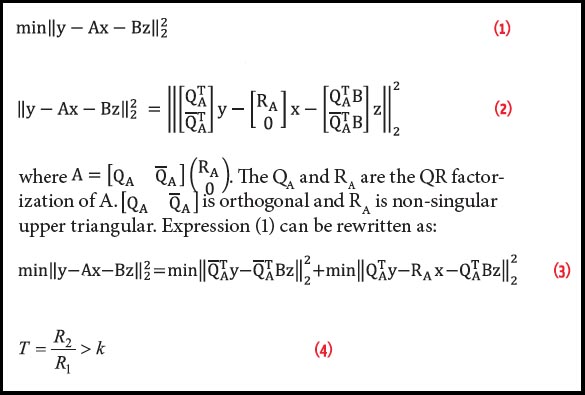
Q: How do you trust centimeter level accuracy positioning?
By Inside GNSS
Q: How do you trust centimeter level accuracy positioning?
By Inside GNSS
The first Satellite Masters Conference will cover space-based business applications for Copernicus and Galileo in Europe. It will take place on October 23 and 24 at the German Federal Ministry of Transport and Digital Infrastructure (BMVI).
The event is free, but registration before October 10 is required.
By Inside GNSS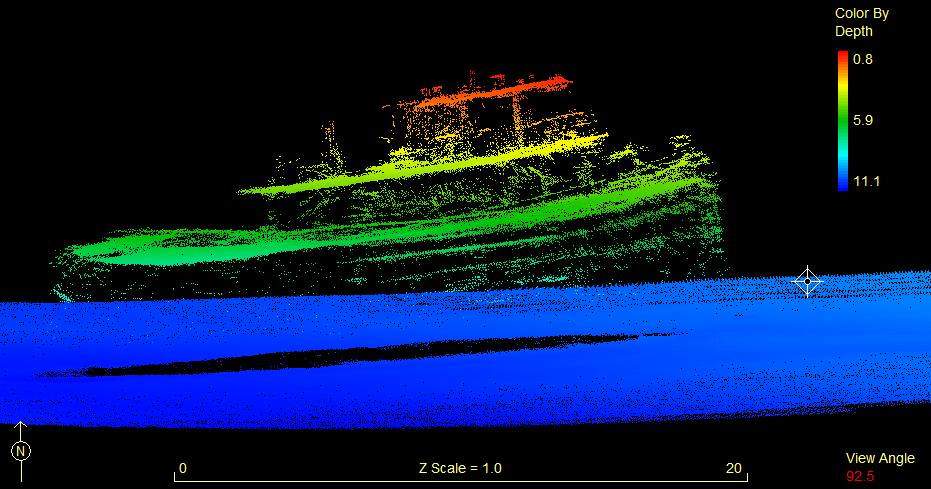 Sidescan image of Norbit Seahorse
Sidescan image of Norbit SeahorseSensonor has announced new features for its STIM300, a small, lightweight micro-electro-mechanical system (MEMS) inertial measurement unit (IMU) that provides non-GPS–aided positioning in multiple domains.
The STIM300 — which can be used underwater, on land and sea, and in aeronautic and astronautic applications — now has real-time g-compensation in al axes and supports rates of up to 2000 degrees/second.
By Inside GNSS Graham Purves, new Veripos CEO
Graham Purves, new Veripos CEOIn his role as president of Hexagon Positioning Intelligence, Michael Ritter has announced the appointment Graham Purves as president & CEO of Veripos, effective September 9.
“Graham has amassed a tremendous level of experience in all aspects of our industry during his over 25 years at NovAtel,” said Ritter, who also serves as president and CEO of the Calgary, Canada–based NovAtel Inc. “This experience and especially his dexterity for sales, marketing, and business development are ideal prerequisites for this next step in his career.”
By Inside GNSS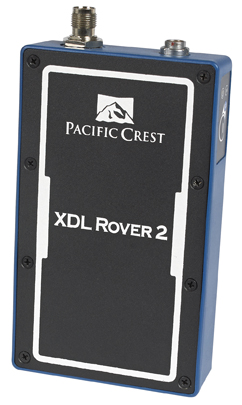
Available now, the XDL Rover 2 is equipped with Bluetooth wireless communication for ease in configuration and operation, including use with Android devices in the field. UHF data can be transmitted via Bluetooth to a paired host device for operational efficiency.
By Inside GNSS copy.jpg) NovAtel GPS-702-GG-HV
NovAtel GPS-702-GG-HVNovAtel Inc. has introduced the GPS-702-GG-HV to its line of high-performance Pinwheel antennas. Tracking L1/L2 GPS and L1/L2 GLONASS frequencies, customers can use the same antenna for GPS-only or dual-constellation applications, reducing equipment costs and need for future redesign. With the same form factor and choke ring performance as the company’s other Pinwheel antennas, the GPS-702-GG-HV has been enhanced to provide the robustness needed for use under high vibration conditions.
By Inside GNSS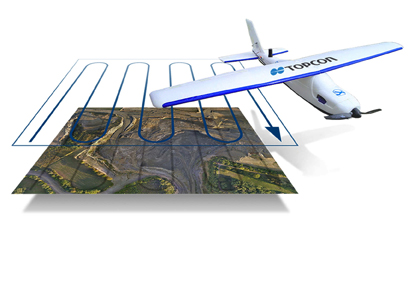
Topcon Positioning Group has released two unmanned aerial systems (UAS) for mapping — the Sirius Pro and Sirius Basic. Both systems are designed to produce accurate solutions for the automated mapping of a wide range of sites — regardless of terrain — including construction sites, mines and quarries, and for use in land surveying, power line and pipeline inspection as well as precision agriculture field mapping.
By Inside GNSS
The high-precision GNSS industry should expect to see industry consolidation and a scramble for new markets and innovations as prices for high-end chips and modules continue to slide, experts told attendees at a ION GNSS+ panel discussion in Tampa, Florida, last week (September 11, 2014).
The falling prices could strain R&D budgets, they noted, but could also create opportunity as high-end receivers come within reach of emerging industries like self-driving cars, unmanned aerial vehicles, and are even incorporated into consumer products.
By Inside GNSS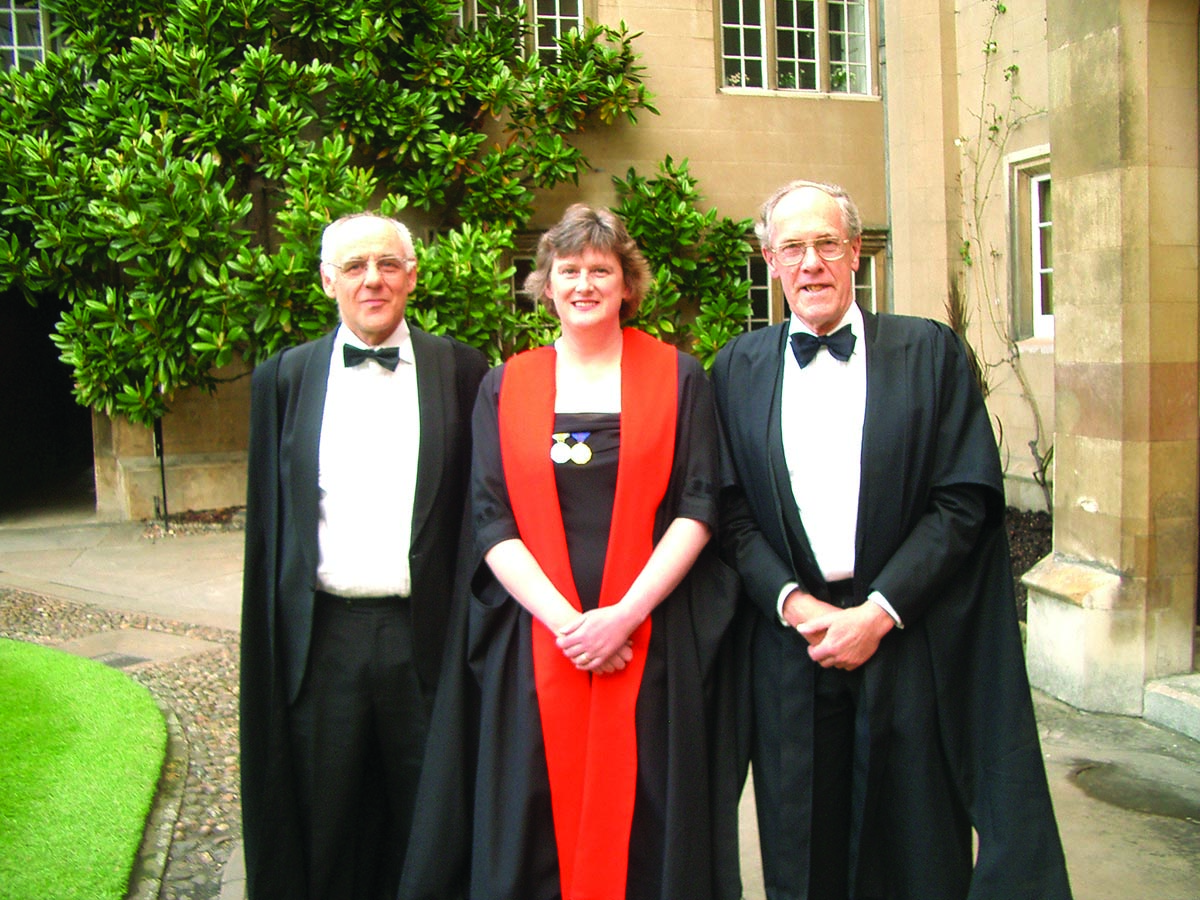 In 2005, Alison Brown was the first Sidney Sussex College woman alumna to be named as an honorary Fellow in recognition of her distinguished technical contributions. Pictured here with Keith Glover, now head of engineering at Cambridge University, who taught Brown control systems engineering, and Donald Green, her director of studies while she was an undergraduate.
In 2005, Alison Brown was the first Sidney Sussex College woman alumna to be named as an honorary Fellow in recognition of her distinguished technical contributions. Pictured here with Keith Glover, now head of engineering at Cambridge University, who taught Brown control systems engineering, and Donald Green, her director of studies while she was an undergraduate.SIDEBAR: Alison Brown’s Compass Points
On display in the Smithsonian’s “Time and Navigation” exhibit in Washington D.C. is the world’s first GPS-enabled cell phone. It was developed in 1995 by NAVSYS Corporation, a Colorado GNSS and inertial R& D company, as part of the push to build a national emergency notification system for mobile users, E911.
By Inside GNSS
Working Papers explore the technical and scientific themes that underpin GNSS programs and applications. This regular column is coordinated by Prof. Dr.-Ing. Günter Hein, head of Europe’s Galileo Operations and Evolution.
By Inside GNSS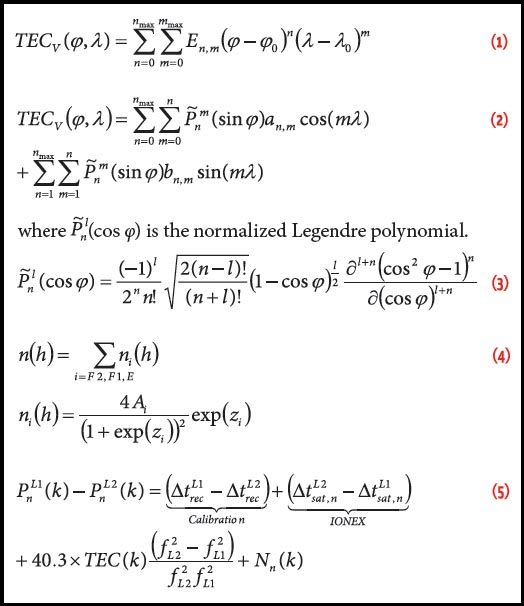
Scintillation — rapid RF signal frequency and amplitude changes due to signal propagation path changes and phase shifting caused by solar turbulence in the ionosphere — is well known in the GNSS community. However, conclusive scientific studies that cover the whole extent of the question are hard to find. Galileo In-Orbit Validation Experiment (GIOVE) data processing confirmed the effects of scintillation on GNSS receivers, as described in the paper by J. Giraud listed in the Additional Resources section near the end of this article.
By Inside GNSS
The 4th International School on Satellite Navigation is underway in the GLONASS Learning Centre in Moscow, Russia. The school runs through September 24
The event is organized by Roscosmos and JSC Russian Space Systems.
Lectures and hands-on studies cover the history, current status and future of the GNSSes, particularly the use of GLONASS in the Russian economy. It includes two series of lectures and practical exercises of 36 hours each. The first covers satellite navigation and the second the combined use of Earth Remote Sensing and GNSS data.
By Inside GNSS Harold “Stormy” Martin
Harold “Stormy” MartinHarold W. "Stormy" Martin III will be the new director of the National Coordination Office (NCO) for Space-Based Positioning, Navigation, and Timing (PNT), the focal point for federal agencies working out GPS policy issues.
Martin was the deputy director of the NCO and an Air Force colonel until this summer when he retired from the military. He will succeed Jan Brecht-Clark, who retired at the end of 2013. His start date as director has not been set.
By Inside GNSS